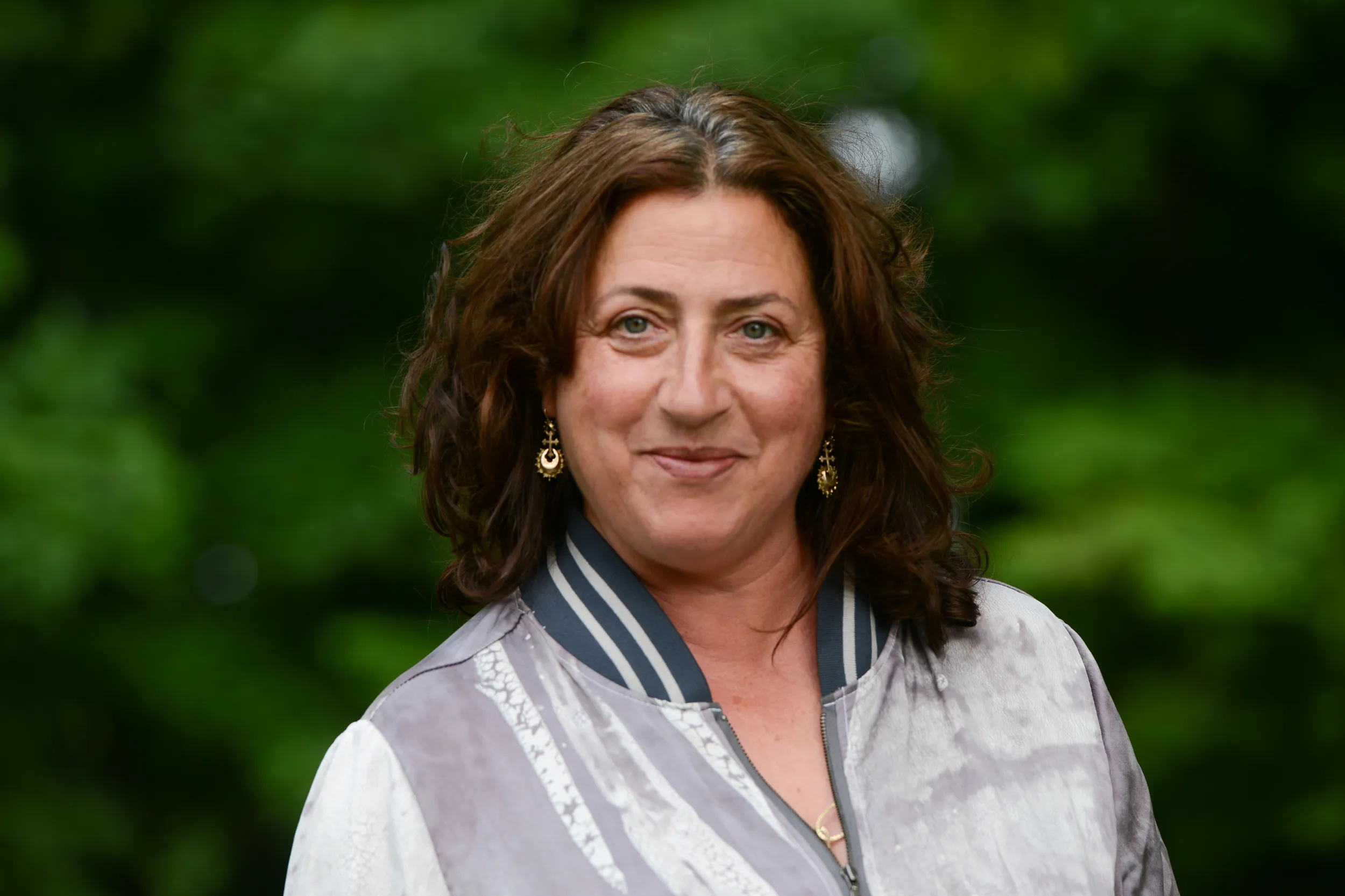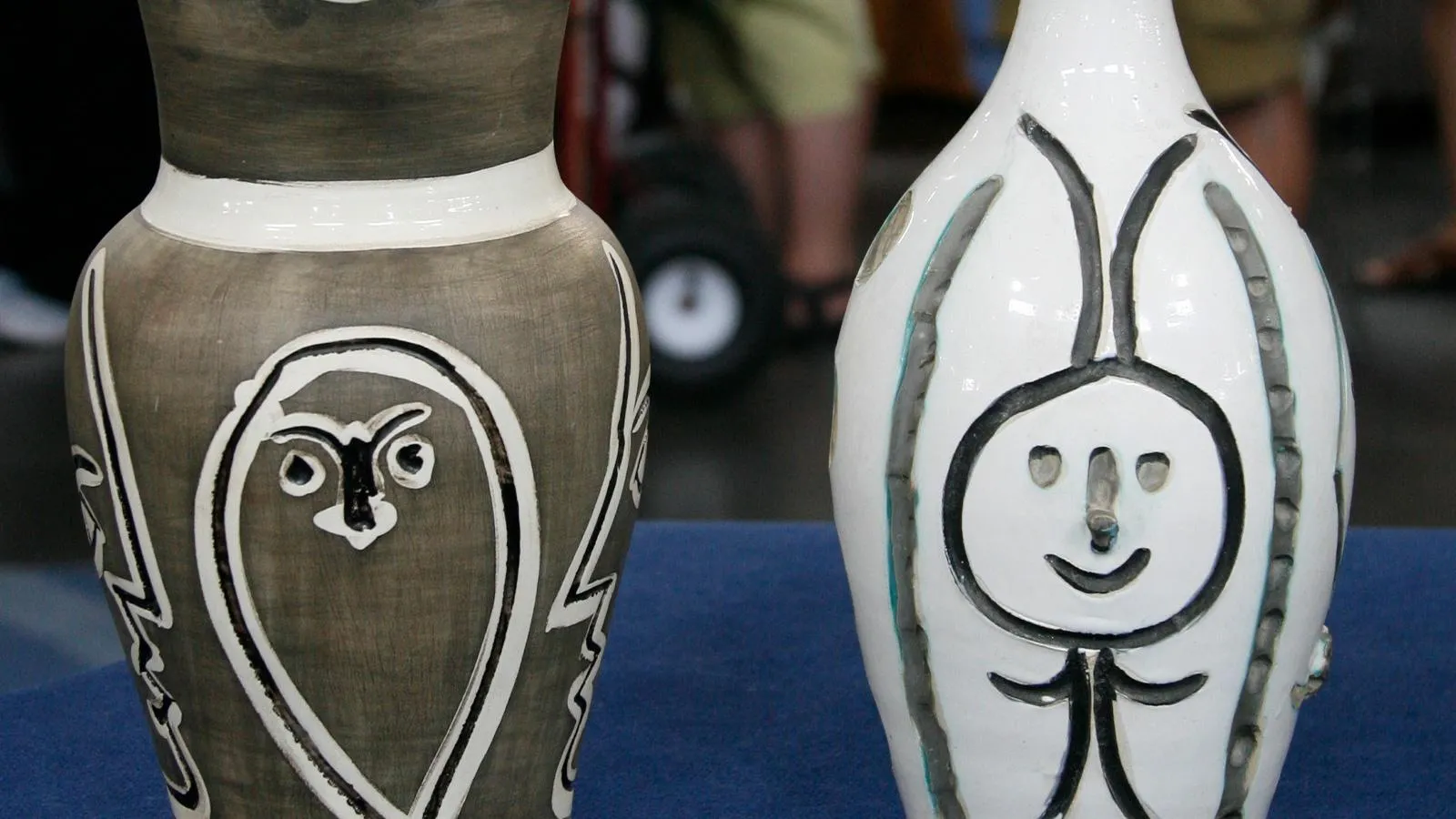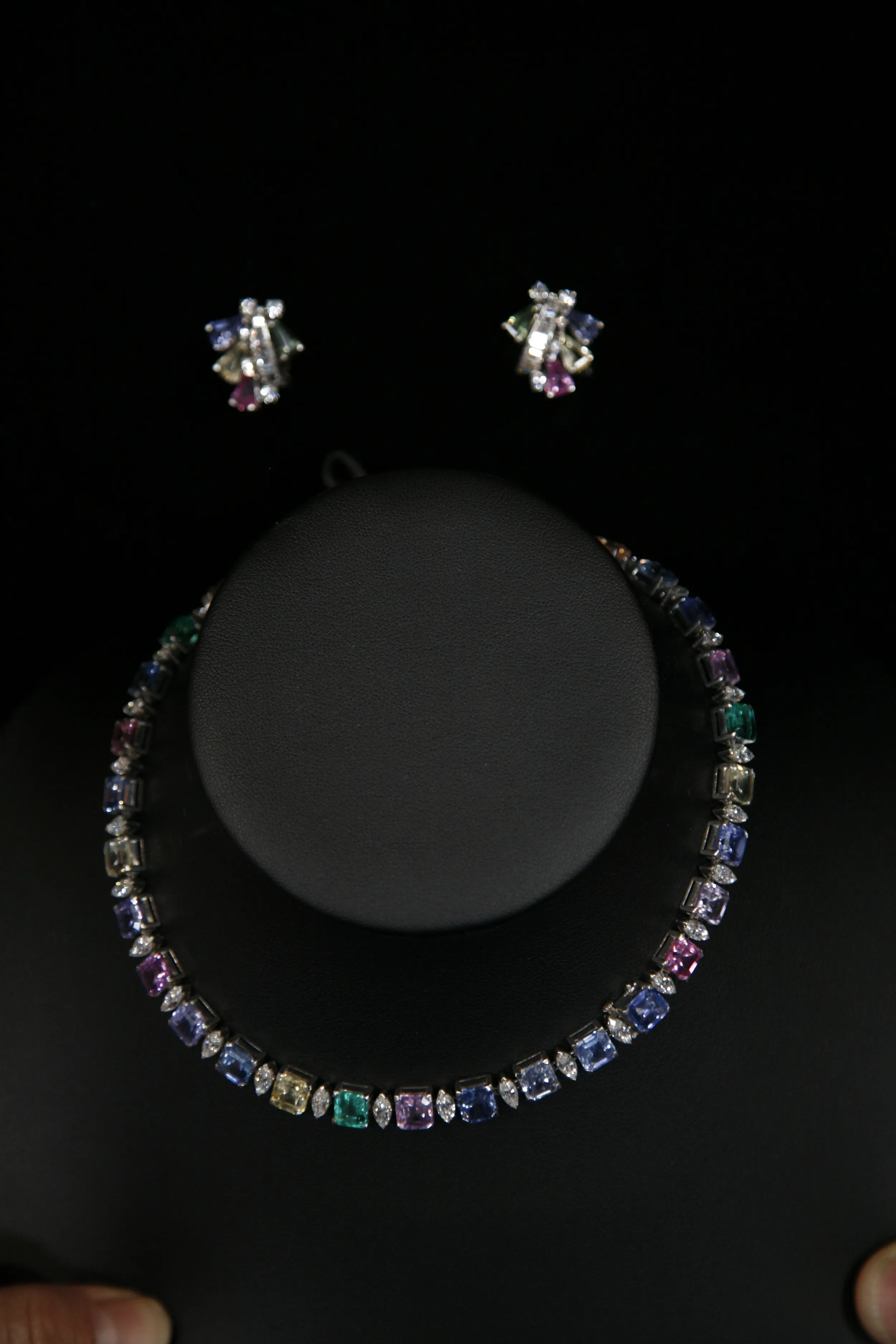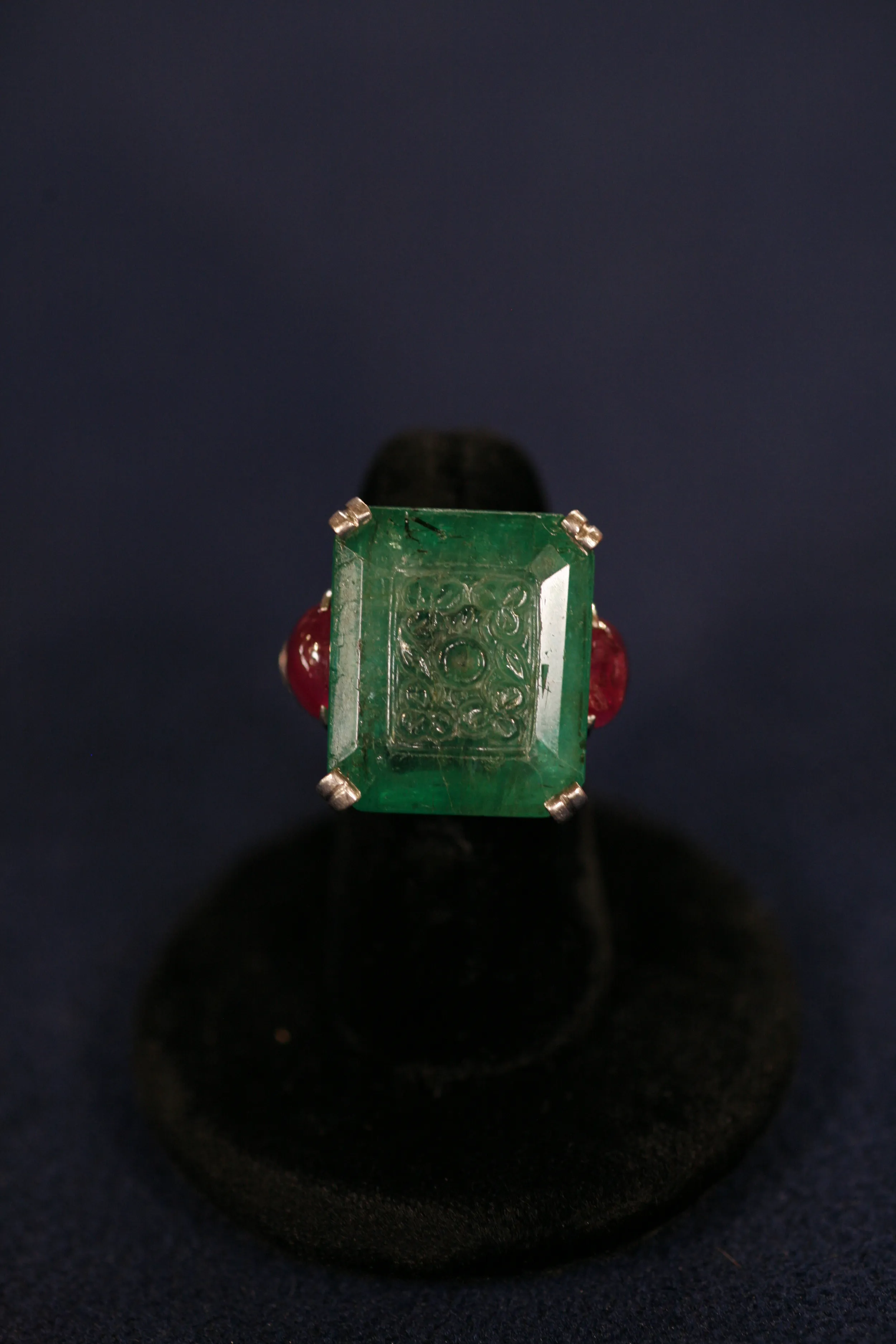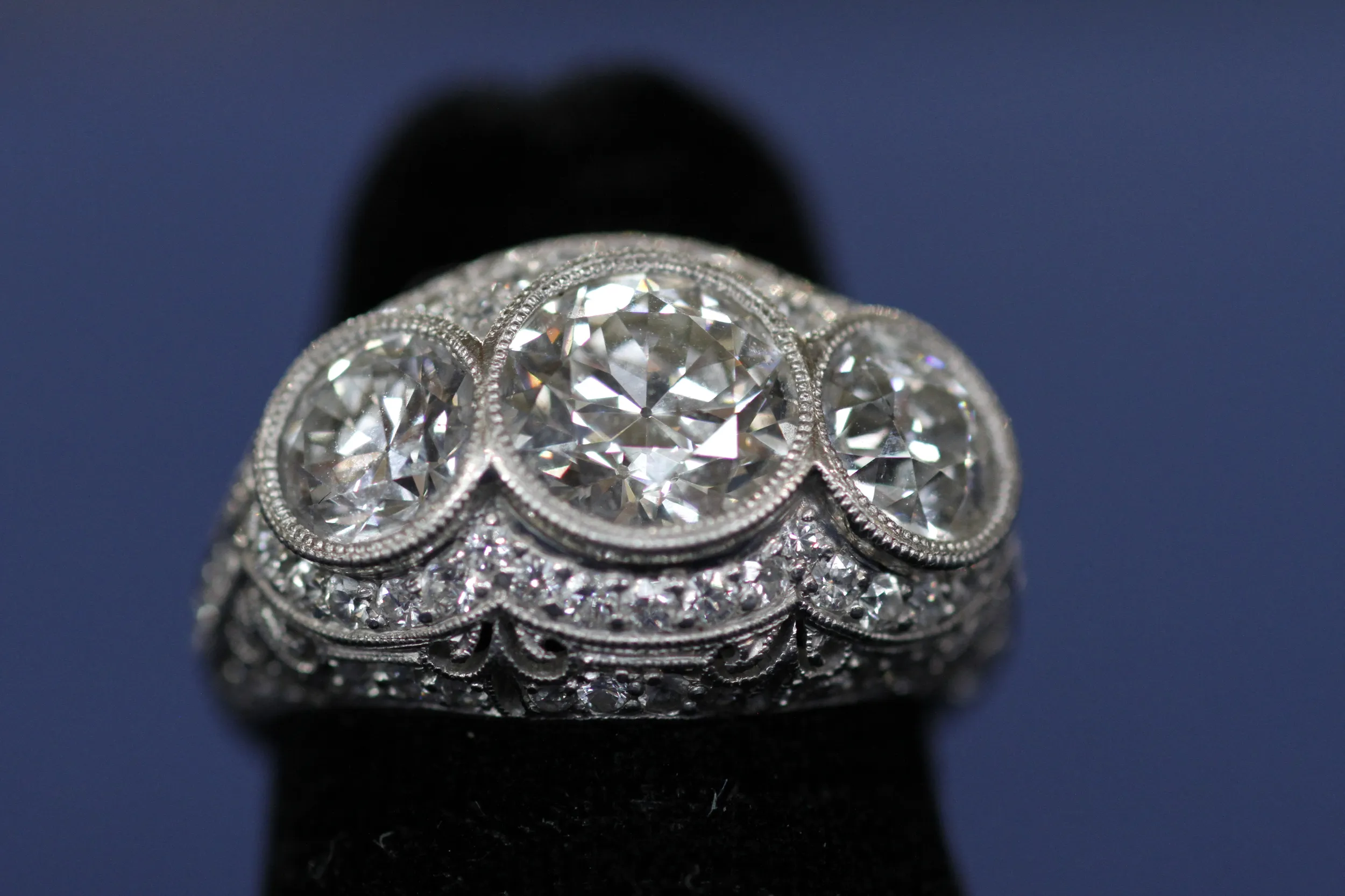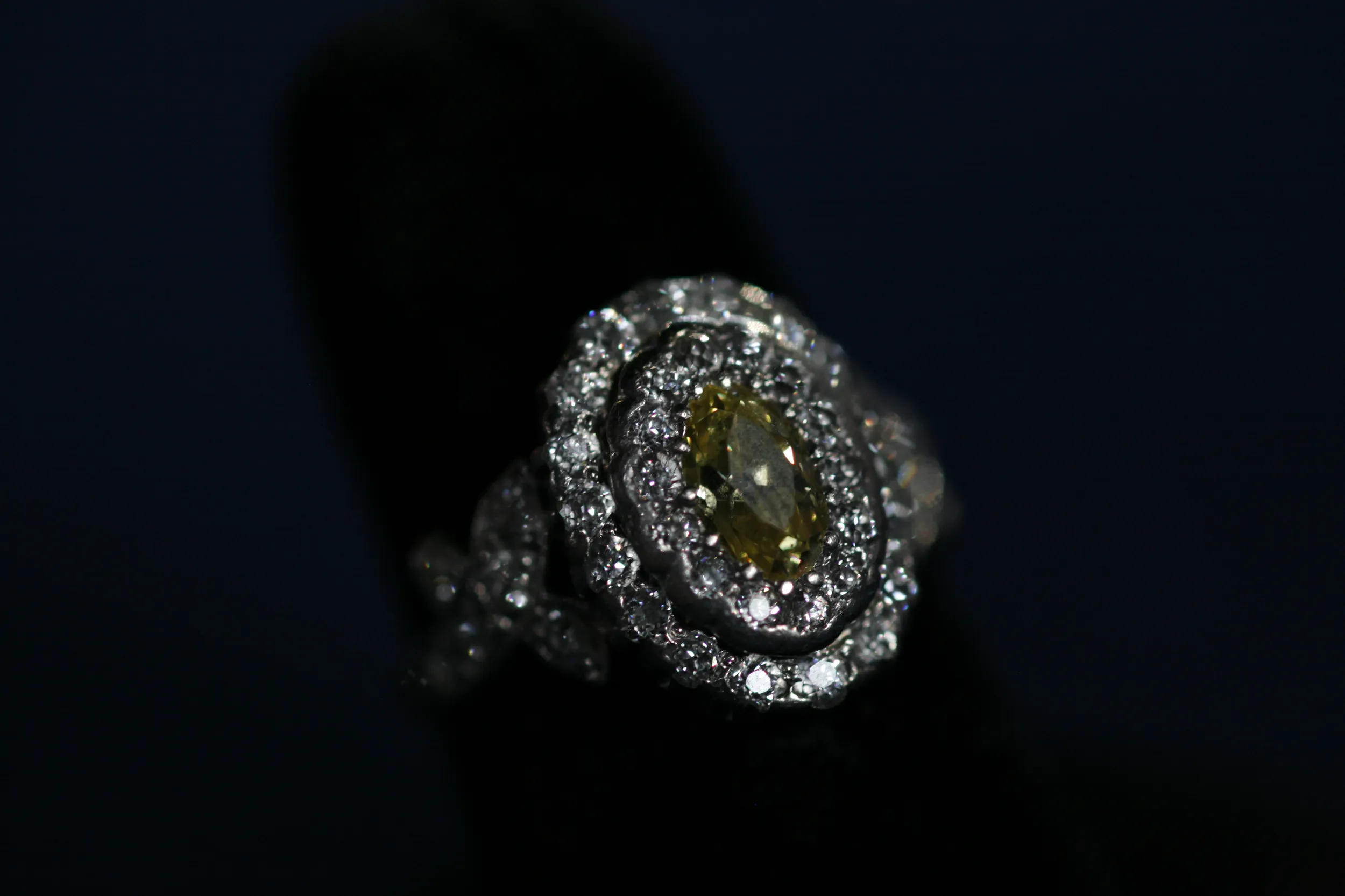GUEST: It originally belonged to my great-grandmother, who came to Tucson in 1878. And it's been passed down through each daughter, until it got to me, for four generations.
APPRAISER: Well, I see you brought a photograph of her in, and right here, we can see the pendant that we'll be talking about, right on her neck.
GUEST: Yes.
APPRAISER: It's from about 1915.
GUEST: Oh, is it?
APPRAISER: So, she got it a little later.
GUEST: Oh, I thought it was earlier than that.
APPRAISER: I think that it was probably made in New York.
GUEST: Oh, really?
APPRAISER: Yes.
GUEST: He met her and they were married in New York.
APPRAISER: The fine platinum work, they were doing a lot of this in New York City around the turn of the century.
GUEST: Mm-hmm.
APPRAISER: There were a lot of people that were doing this fine mill graining, which we see around the diamonds here, the principal stone.
GUEST: Yes.
APPRAISER: And this sort of wreath or garland motif was very popular around that time period. And then we have this tiny little drop here, this pear-shaped drop, which suspends on the bottom, as well. I did a diamond breakdown on it.
GUEST: Okay.
APPRAISER: The largest stone is almost a carat size, and then they sort of graduate down from there.
GUEST: Right.
APPRAISER: But a total weight of five carats.
GUEST: Oh, I didn't know that.
APPRAISER: The Belle Époque style is one of those styles that is becoming more and more sought-after.
GUEST: Mm-hmm.
APPRAISER: And the platinum work is really unrivaled. There's just very delicate, knife-edge bars here, as well.
GUEST: Right.
APPRAISER: And at auction, I would say the estimate would be anywhere between $7,000 and $9,000.
GUEST: Oh, my gosh, really?
APPRAISER: Yes, definitely.
GUEST: Oh, that's wonderful.
APPRAISER: Yeah, I'm glad you're, you're happy with that.
GUEST: Oh, I'm... I'm very happy with that. I had no idea what it was worth.
